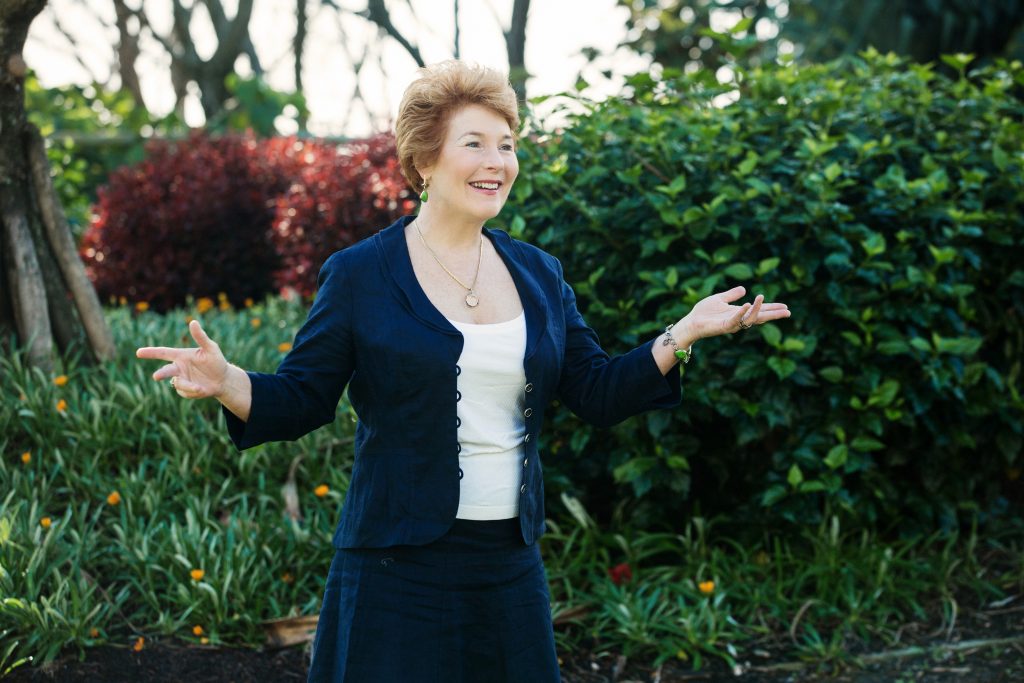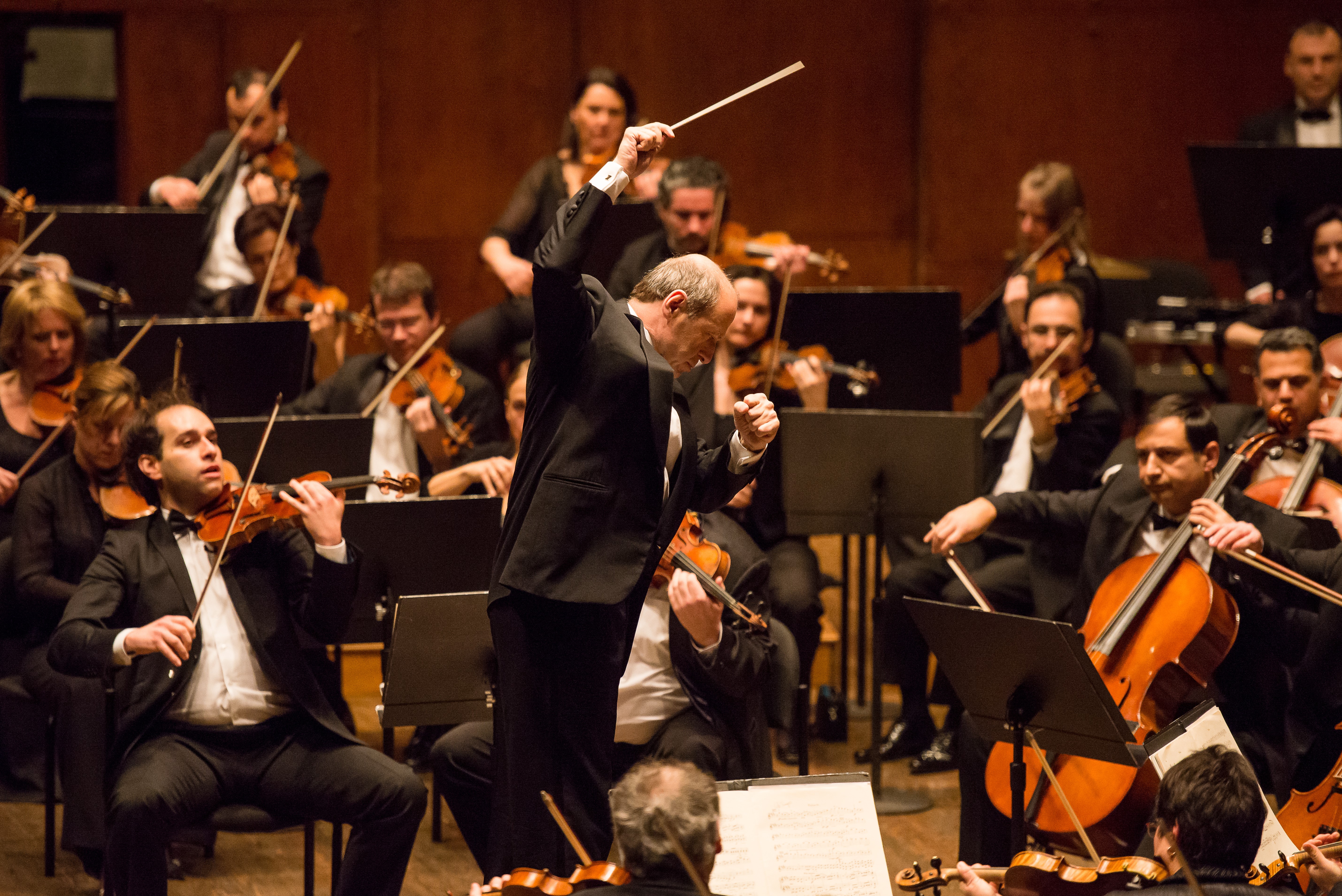


1. How you practice – achieving the most traction in the shortest amount of time.
2. Modelling yourself on the world-class best, not your peers.
3. Pathological Optimism while being open to new influences.
Easier said than done?
For the past 50 years, anything slower than human speed we call ‘matter’ and anything faster we call ‘energy’. With 3-D printers and holograms have you noticed how the dimensions of space and time are now on everyone’s radar?
How does this relate to productivity, time and space for creative design, health, work, education and more?
We tend to think that behaviour and mindset shifts take time. We see Olympians who prepare for years, virtuosos who practice from childhood for a lifetime, and martial artists who master skills and mindset over decades.
The model of forming, storming, norming and performing that we’ve adopted since its appearance in 1965 helps explain and reflect the time it takes for teams to learn to work together.
 At the same time, have you ever met someone and almost instantaneously fallen in love or met someone who feels like a long lost friend?
At the same time, have you ever met someone and almost instantaneously fallen in love or met someone who feels like a long lost friend?
Elon Musk recently suggested we might be living a giant simulation.
Our businesses of today pride themselves as they outdistance old norms, outperform, challenge and test systems and structures as new paradigms appear
Technology is evolving at incredible speed, and economic disruption has flattened entire industries in a few years or less, so why do we simply accept the old understandings of time and space? Or do we?
We might argue that worldwide universities exist to promote innovation, to deliver new understandings and philosophies.
Products, profit and loss, receivables, payables, cash flow and KPI reports capture our daily, weekly and monthly focus…or so they should for CEOs and business leaders.
What strikes me is how strange it is to hear the same people who accept irreversible and sudden market change saying ‘it take’s time to shift behaviour and mindset’ when they clearly don’t think that way about any other aspect of business performance.
The recent neuroscience would indicate that there are simple and effective ways that can bring about almost instantaneous shifts in mindset and perception. Is this what the personal development industry has known about?
Creative artists are complicated, unpredictable and prone to independence that can make them tricky to manage. Insecure on one hand, and expertly skilled on another they can react in surprising ways. So, how is it that the London Symphony under almost any conductor can put on a phenomenal concert with one rehearsal rather than five or more as afforded elsewhere? They achieve world-class results in a fraction of the time.
Some performers want to rehearse at length so that things develop at a gentle pace, and agreements are worked through, … rather like manufacturing processes where there is production, sales, marketing supply and acquisitions.
Other groups like to rehearse just to the point where there is agreement on high standards, a sense of the different strengths of the team and the content, before walking on stage into a live experiment – where the preparation and the mistakes will challenge their experience and conventional wisdom.
This is where the Virtuoso CEO or Conductor will lead by example, setting out their own expectations for the architecture of the music, while allowing for and even counting on exponential growth as each person’s contribution lift’s the game far beyond what any one of them could achieve alone. It’s not about talent or intelligence; it is about being open to new influences that win the game.
How does it work?
- Each person shows up fully prepared to deliver his or her best.
- Each person is accountable for their personal practice and expertise as a master of their area.
- Anyone’s idea or aspiration, when delivered effectively, can influence the team, no matter how senior or junior or famous or unknown.
- There is no right or wrong – only new context.
- Everyone asks what is important here, what don’t we know even after years of experience.
- When a group trusts each other, behaviours and mindsets can change immediately, and the world is no longer time or space bound – hence concerts are streamed worldwide, replayed and holograms appear live to large audiences!
What I have learned from sharing the stage with virtuoso performers and conductors such as: Menahem Pressler, Vladimir Ashkenazy, Simon Rattle, Georg Solti to name just a few is that masters are not only consistent with how they deliver, …masters dare to be outrageous! They will try what isn’t safe or sure. This is good risk!
Where is your business on the scale of good risk? How are you exploring time, space, matter and energy, and reinventing your business for the future wisdom?
